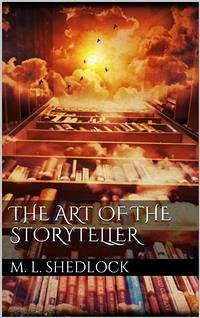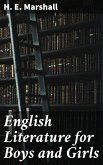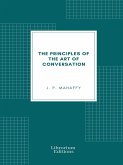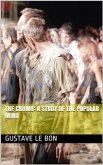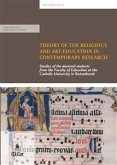Some day we shall have a science of education comparable to the science of medicine; but even when that day arrives the art of education will still remain the inspiration and the guide of all wise teachers. The laws that regulate our physical and mental development will be reduced to order; but the impulses which lead each new generation to play its way into possession of all that is best in life will still have to be interpreted for us by the artists who, with the wisdom of years, have not lost the direct vision of children. Some years ago I heard Miss Shedlock tell stories in England. Her fine sense of literary and dramatic values, her power in sympathetic interpretation, always restrained within the limits of the art she was using, and her understanding of educational values, based on a wide experience of teaching, all marked her as an artist in story- telling. She was equally at home in interpreting the subtle blending of wit and wisdom in Daudet, the folk lore philosophy of Grimm, or the deeper world philosophy and poignant human appeal of Hans Christian Andersen. Then she came to America and for two or three years she taught us the difference between the nightingale that sings in the tree tops and the artificial bird that goes with a spring. Cities like New York, Boston, Pittsburgh and Chicago listened and heard, if sometimes indistinctly, the notes of universal appeal, and children saw the Arabian Nights come true.
Bitte wählen Sie Ihr Anliegen aus.
Rechnungen
Retourenschein anfordern
Bestellstatus
Storno

